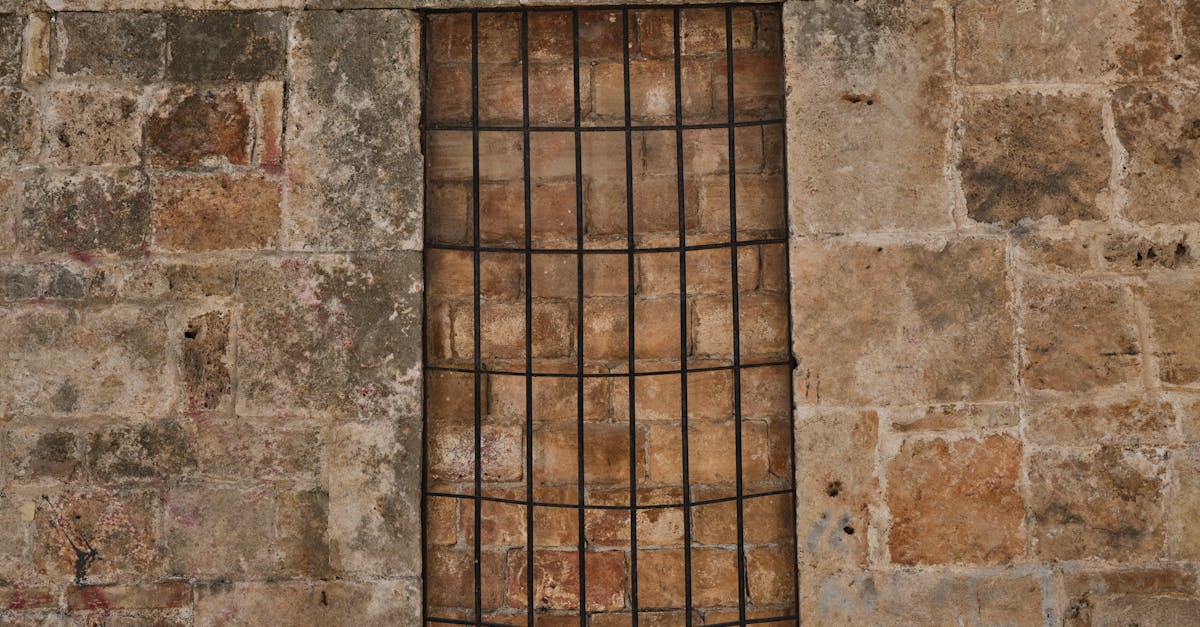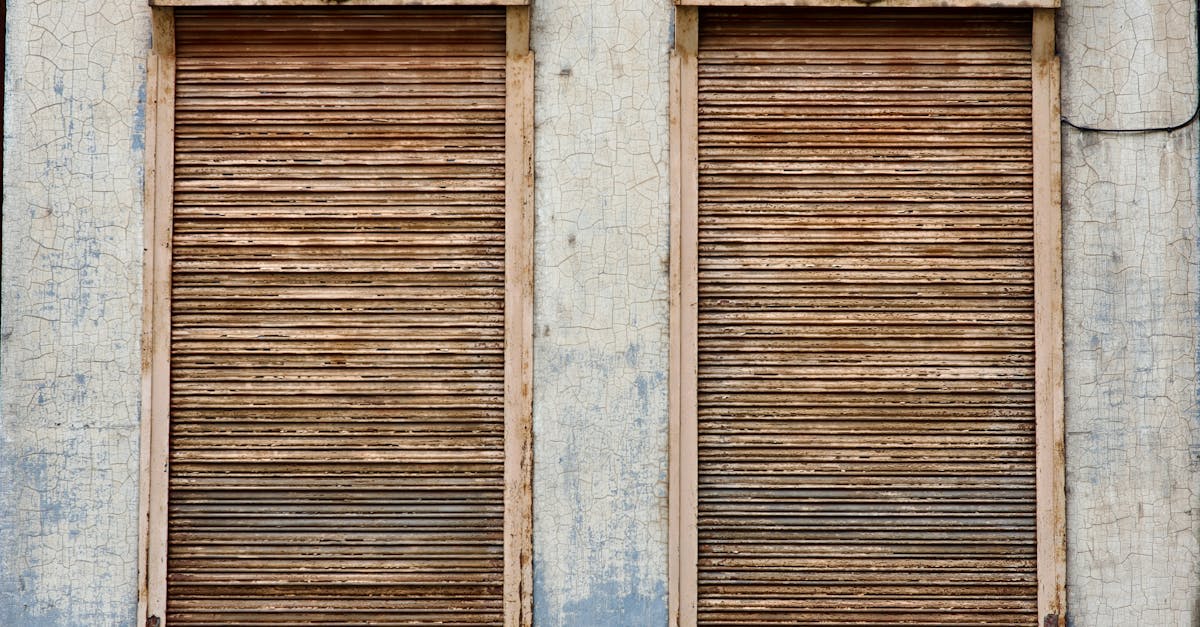
Table Of Contents
Common Challenges Faced
Installing a faucet in a tight space presents several unique challenges. Limited access to the installation area can make it difficult to manoeuvre tools and connect water lines. Often, cramped conditions result in unclear visibility, adding to the complexity of tasks such as securing the mounting hardware efficiently. This scenario can lead to frustration and delays, particularly for those new to plumbing jobs.
Faucet installation and repair can also be hindered by rusted or corroded fittings. In these cases, removing old components may demand extra effort and the use of specialised tools. Tight spots can complicate this process further, making it hard to apply sufficient leverage to break loose stubborn fittings. Planning ahead and being aware of these common difficulties can help streamline the installation and maintenance processes.
Troubleshooting Tips for Difficult Installations
When tackling difficult faucet installations, it's essential to remain calm and methodical. If you encounter a particularly stubborn fitting, using a basin wrench can provide the leverage needed to reach those tight spots. Lubricating threaded connections with plumber’s grease can also facilitate easier assembly. If your new faucet is misaligned, double-check the positions of the mounting hardware. A misalignment can lead to leaks or poor functionality, so ensuring everything is straight from the outset saves hassle later on.
In some cases, existing pipes may hinder installation. Adaptable connectors can solve issues related to pipe size discrepancies, ensuring a tight fit. In situations where the old plumbing setup seems inadequate, you might need to replace sections of the piping. If the process becomes overwhelming, consulting a professional for faucet installation and repair can relieve the stress of technical challenges. Always prioritise safety by turning off the water supply and draining any residual water before proceeding with the installation or troubleshooting.
Finalising the Installation
Once the faucet is securely mounted and connected to the plumbing, it is important to check for any leaks. Turn on the water supply slowly and observe the connections for any signs of dripping. Tighten any connections as needed to eliminate leaks. If persistent issues arise, it may be necessary to revisit the installation process to ensure everything is aligned and fitted correctly. A careful inspection at this stage can prevent larger problems in the future.
After confirming that there are no leaks, turn on the faucet to test its functionality. Check both the hot and cold settings to ensure they are operating as intended. Each water flow should be smooth and consistent. Cleaning any residue from the installation process ensures a polished finish. Understanding the nuances of faucet installation and repair enhances your skills for future projects, making them smoother and more efficient.
Ensuring Everything is Secure and Functional
After completing the faucet installation, it is crucial to check all connections to ensure everything is secure. Inspect the mounting hardware for tightness, as well as the supply lines and drain connections. Any loose fittings can lead to leaks or water damage, which may cause further complications down the line. Take time to run water through the faucet, observing for any signs of dripping or improper flow.
In addition to securing connections, testing the faucet’s functionality is essential. Turn the faucet handles from hot to cold and check for consistent water temperature and pressure. If there are any irregularities, consider re-evaluating the installation to pinpoint the issue. If problems persist, seeking professional assistance for faucet installation and repair might be necessary to achieve the best results and ensure a reliable water source.
Maintaining Your Faucet
Regular maintenance of your faucet is essential to ensure its longevity and optimal performance. Periodic checks for leaks and drips can prevent more serious issues down the line. Inspecting washers and seals for wear can help you identify potential problems early. Keeping the faucet clean and free from mineral deposits will also contribute to smoother operation and enhance the overall appearance of your kitchen or bathroom.
When it comes to faucet installation and repair, knowing the right products to use can make a significant difference. Opt for high-quality cleaning agents and lubricants specifically designed for plumbing fixtures. Additionally, maintaining any moving parts such as the handle and cartridge can reduce friction and enhance usability. Following a regular maintenance routine will not only keep your faucet in good condition but also save time and money on future repairs.
Best Practices for Longlasting Performance
Regular maintenance is key to ensuring the longevity of your faucet. Start by inspecting washers and other components for wear and tear. It is advisable to clean aerators periodically, as mineral deposits can affect water flow. Keeping these components in good condition can prevent leaks and costly repairs. Additionally, using a gentle cleaner can help maintain the shiny finish of the faucet, avoiding harsh chemicals that may cause damage.
When undertaking faucet installation and repair, always refer to manufacturer guidelines. Familiarise yourself with the specific requirements of your model, as different brands may have distinct setups. Investing in quality tools can simplify the process and help achieve a professional finish. In the long run, a few extra minutes spent on installation can save significant time and resources in repairs and replacements.
FAQS
What tools do I need to install a faucet in a tight space?
You will typically need a basin wrench, adjustable wrench, screwdriver, plumber's tape, and possibly a flashlight for better visibility.
How can I improve access to the faucet installation area?
Consider removing any obstructive items or cabinetry, and use a mirror or camera to inspect hard-to-see areas. Sometimes, taking a photo can help you plan your installation.
What should I do if the faucet won’t fit in the tight space?
If the faucet doesn’t fit, check for adjustable fittings or consider a compact faucet model designed specifically for tight spaces. You may also need to reposition surrounding items to create more room.
How can I ensure there are no leaks after installing the faucet?
After installation, turn on the water supply and check all connections for leaks. Tighten any loose fittings, and if you notice persistent leaks, you may need to disassemble and reapply plumber’s tape or sealant.
How often should I maintain my faucet to ensure longevity?
It's recommended to perform maintenance checks every 6 to 12 months, which includes cleaning aerators, checking for leaks, and tightening loose connections to ensure optimal performance.





























